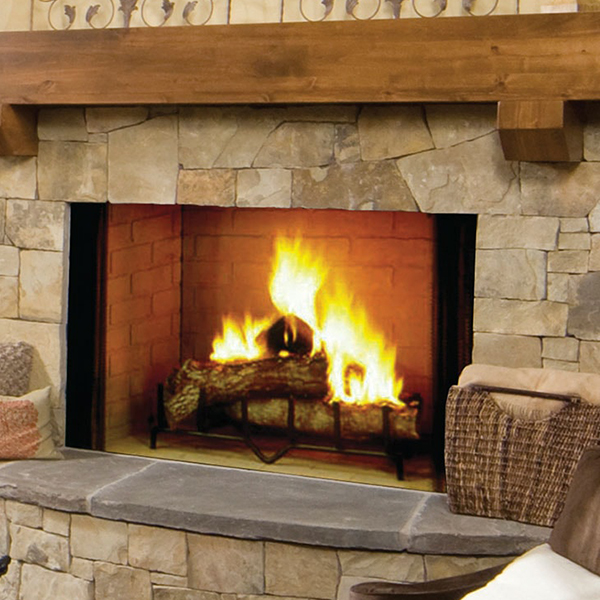
Is It Okay to Burn Pine in a Fireplace?
As the chilly winter months approach, many people turn to their fireplaces for warmth and ambiance. Pine is a common choice for firewood due to its abundance and availability. However, there are some important considerations to keep in mind before burning pine in your fireplace.
Pine burns quickly and produces a lot of sparks, which can be dangerous if not properly contained. It also produces a lot of smoke, which can irritate the eyes and lungs. To minimize these risks, it is important to use properly seasoned pine, burn it in a well-maintained fireplace, and have a fire extinguisher nearby.
Seasoned Pine: The Key to Safe and Efficient Burning
Seasoning refers to the process of drying wood to remove excess moisture. Seasoned pine burns more efficiently, produces less smoke, and is less likely to spark than green pine. To properly season pine, stack it in a dry, well-ventilated area for at least 6 months.
Tip: Look for pine that has a grayish or brown color and has started to crack or split. These signs indicate that it is well-seasoned.
Fireplace Maintenance: Essential for Safety
A well-maintained fireplace is essential for burning pine safely. Make sure to clean your chimney regularly to remove soot and creosote buildup, which can increase the risk of a fire. Inspect the fireplace for any cracks or damage before each use. Additionally, keep a fire extinguisher nearby in case of an emergency.
Tip: Have your chimney inspected and cleaned annually by a qualified professional. This will help prevent chimney fires and ensure the safe operation of your fireplace.
Understanding the Risks of Burning Pine
While burning pine can be a safe and enjoyable experience, there are some risks to be aware of. Pine burns quickly and can produce a lot of sparks, which can be dangerous if not properly contained. It also produces a lot of smoke, which can irritate the eyes and lungs. If you have any respiratory issues, it is best to avoid burning pine.
Tip: Always open a window or door slightly when burning pine to help ventilate the smoke. This will help prevent the smoke from building up in your home and irritating your eyes and lungs.
Alternatives to Burning Pine
If you are concerned about the risks of burning pine, there are a number of other options available. Hardwoods, such as oak, maple, and ash, burn more slowly and produce less smoke than pine. They are also more expensive than pine, but they will last longer and provide more heat.
Tip: If you are looking for a more environmentally friendly option, consider using seasoned firewood made from sustainably harvested trees. This will help reduce your carbon footprint and support sustainable forestry practices.
FAQs
Yes, you can burn pine cones in your fireplace. However, it is important to use only a small number of pine cones at a time, as they can produce a lot of smoke. Also, be sure to remove any needles or other debris from the pine cones before burning them.
To start a fire with pine, use kindling or newspaper to create a base for the fire. Then, place a few pieces of seasoned pine on top of the kindling and light it with a match or lighter. Once the pine is burning, add more logs as needed.
Yes, it is okay to burn pine in an outdoor fire pit. However, it is important to keep the fire small and contained, as pine can burn quickly and produce a lot of sparks.
Conclusion
Burning pine in a fireplace can be a safe and enjoyable experience, provided that certain precautions are taken. By using seasoned pine, burning it in a well-maintained fireplace, and taking steps to minimize the risks of sparks and smoke, you can enjoy the warmth and ambiance of a pine fire without worry.
Are you interested in learning more about burning pine in a fireplace?

Image: www.doityourself.com

Image: www.chimneyspecialistsinc.com
Can You Burn Pine in a Fireplace? 3 Reasons | House Grail For many people today, burning firewood has disadvantages, but rising energy costs mean it remains a primary heat source for many homeowners.If you’re researching pine as a wood to burn in your fireplace, you’ve probably heard how bad it’s supposed to be. Like most myths, pine’s “poor firewood” reputation begins with a grain of truth since it’s a resinous softwood that’s quick to light and